Why I Choose Sun-Adapted, Water-Wise Plants
Drought Resistant Plants – Designing For Scarcity, Strength, And Symbolic Fit
My garden is not built for indulgence—it’s built for endurance. Every plant I choose is shaped by heat, light, and the absence of excess. I cultivate species that thrive under sun, resist drought, and reflect the ecological truth of their environment. This is not just a care strategy—it’s a philosophy of presence. Water-resistant plants reduce dependency on irrigation, while sun-adapted flora embrace exposure without fragility. Together, they form a living archive of resilience, clarity, and elemental grace. I design with scarcity in mind, using texture, timing, and structure to evoke strength. These plants do not wilt under pressure—they flourish through it. Their survival is not passive—it’s expressive. This guide shares the principles, species, and symbolic logic behind my approach to cultivating heat-hardened beauty.

Physiological Traits Of Water-Wise Plants – Built For Survival
| Trait | Description | Benefit In Hot Conditions |
|---|---|---|
| Waxy leaf coating | Thick cuticle layer reduces evaporation | Moisture retention |
| Deep root systems | Roots reach underground water reserves | Sustained hydration |
| Small leaf surface area | Less exposure to sun and wind | Reduced transpiration |
| Leaf hair or fuzz | Traps humidity and reflects sunlight | Temperature regulation |
| CAM photosynthesis | Nighttime gas exchange | Water-efficient metabolism |
| Succulent tissue | Stores water in leaves and stems | Drought survival |
| Reflective foliage | Silvery or pale leaves deflect heat | Sunlight moderation |
| Slow growth habit | Conserves energy and water | Long-term resilience |
| Seasonal dormancy | Pauses growth during extreme heat | Stress avoidance |
| Aromatic oils | Natural pest deterrent and sun protection | Dual defense mechanism |
These traits form the foundation of my plant selection process. They ensure that every species contributes to a garden that is not only sustainable but symbolically powerful.
Why I Prioritize Sun Adaptation – Light As A Design Element
Sunlight is not something I shield my plants from—it’s something I invite them to master. I choose species that thrive in exposed conditions, using light as a sculptural force. Sun-adapted plants hold their form under UV exposure, resisting leaf burn and structural collapse. Their foliage often reflects light, creating visual contrast and temperature moderation. These species bloom in open zones, supporting pollinator pathways and seasonal rhythm. Their resilience reduces seasonal dieback, maintaining year-round presence. I use sun-loving plants to anchor dry gardens, xeriscapes, and wind-exposed borders. Their architectural form adds clarity and movement to the landscape. Sun is not a threat—it’s a resource. My garden is a conversation with light, not a retreat from it.
Species I Rely On For Heat And Drought – My Go-To Survivors
| Plant Name | Type | Key Adaptation | Visual Role In Garden |
|---|---|---|---|
| Agave | Succulent | Water storage, sun tolerance | Sculptural centerpiece |
| Kangaroo Paw | Perennial | Hairy leaves, drought hardy | Vertical color accent |
| Lomandra | Grass-like | Deep roots, low water need | Textural ground cover |
| Eremophila | Shrub | Reflective leaves, oils | Pollinator magnet |
| Bougainvillea | Vine | Tough stems, sun resilience | Cascading color |
| Grevillea | Shrub | Needle foliage, dry soil fit | Wildlife attractor |
| Aloe | Succulent | CAM photosynthesis | Medicinal and ornamental |
| Westringia | Shrub | Coastal sun tolerance | Hedge or border |
| Portulaca | Annual | Succulent leaves | Low-growing bloom |
| Salvia | Herbaceous | Aromatic oils, heat loving | Seasonal color burst |
These plants form the backbone of my garden’s identity—resilient, expressive, and ecologically attuned.
Designing With Scarcity In Mind – Aesthetic Principles Of Drought Care
Water scarcity doesn’t mean aesthetic compromise—it means intentional design. I group plants by water needs to streamline irrigation and reduce waste. Mulching around roots preserves moisture and frames each plant visually. Gravel and stone pathways reflect heat and define spatial rhythm. I use elevation and slope to direct water flow toward deep-rooted species. Foliage color—silver, blue, and green—creates cooling visual contrast. I favor asymmetry and negative space to evoke openness and restraint. Seasonal bloom cycles are staggered to maintain interest without excess. I integrate native species to support local ecology and reduce input. Texture—spikes, fuzz, wax—is used as a design language of resilience. Every plant is chosen not just for survival, but for symbolic presence.
Root Systems And Water Strategy – Anchoring Resilience Below The Surface
| Root Type | Structural Feature | Water Adaptation Strategy | Garden Role |
|---|---|---|---|
| Taproot | Deep central root | Accesses groundwater reserves | Anchors large perennials |
| Fibrous root | Dense surface network | Captures surface moisture | Stabilizes soil and slopes |
| Rhizome | Horizontal underground stem | Stores water and nutrients | Spreads resilience laterally |
| Tuberous root | Swollen storage organ | Retains water during drought | Seasonal bloom support |
| Adventitious root | Emerges from stem or leaf base | Opportunistic water uptake | Supports vertical growth |
| Contractile root | Pulls plant deeper into soil | Avoids surface heat exposure | Protects bulbs and rosettes |
| Mycorrhizal symbiosis | Fungal root partnership | Enhances nutrient absorption | Boosts drought tolerance |
| Aerial root | Above-ground moisture capture | Absorbs humidity | Adds architectural interest |
| Shallow root mat | Wide horizontal spread | Maximizes rainfall capture | Covers dry terrain efficiently |
| Seasonal root dieback | Temporary root dormancy | Conserves energy in heat | Supports cyclical growth |
Root systems are not just structural—they’re strategic. In my garden, I select plants with root architectures that match the terrain, water availability, and symbolic role. Deep-rooted species anchor the space and endure prolonged drought. Surface-rooted plants stabilize exposed areas and respond quickly to rain. Rhizomes and tubers store resilience underground, invisible but essential. Mycorrhizal partnerships extend the reach of every root, creating a network of shared survival. Even aerial roots, often overlooked, contribute to moisture capture and visual rhythm. Root diversity ensures that water strategy is layered, adaptive, and ecologically sound. Beneath every bloom is a system built for endurance.
Seasonal Timing And Heat Cycles – Blooming With Precision
Plants that thrive in heat do not bloom randomly—they respond to seasonal cues with calibrated timing. I choose species that align their flowering with dry spells, heat waves, and transitional periods. This timing ensures that blooms appear when water is scarce but light is abundant. Early summer bloomers set the tone for resilience, while late-season flowers extend the narrative of endurance. I stagger flowering cycles to maintain visual interest without overtaxing resources. Some plants enter dormancy during peak heat, conserving energy for cooler months. Others bloom briefly and intensely, using heat as a trigger for reproduction. I observe local climate patterns to match species with their ideal bloom windows. This seasonal choreography reduces stress and enhances ecological fit. Timing is not just practical—it’s poetic.
Foliage As A Climate Buffer – Texture, Color, And Function
| Foliage Trait | Description | Climate Benefit | Visual Impact |
|---|---|---|---|
| Silvery leaves | Reflect sunlight | Reduces leaf temperature | Creates cooling contrast |
| Hairy surfaces | Traps moisture and deflects heat | Minimizes water loss | Adds tactile texture |
| Vertical orientation | Upright leaf angle | Limits midday sun exposure | Enhances architectural form |
| Thick cuticle | Waxy outer layer | Prevents evaporation | Glossy, sculptural appearance |
| Rolled leaf edges | Curved inward margins | Reduces exposed surface area | Subtle structural variation |
| Leaf drop in heat | Seasonal shedding | Conserves water | Opens canopy for airflow |
| Blue-green pigment | Modified chlorophyll | UV protection | Evokes desert palette |
| Succulent leaves | Water-storing tissue | Drought survival | Bold, geometric presence |
| Aromatic oils | Scented compounds | Pest deterrence | Sensory depth |
| Leaf movement | Responsive positioning | Avoids sun stress | Dynamic visual rhythm |
Foliage is more than filler—it’s a climate buffer. In my garden, leaf traits are chosen for their ability to moderate heat, conserve moisture, and express resilience. Silvery and blue-green tones reflect sunlight and evoke desert clarity. Hairy and waxy surfaces trap humidity and resist evaporation. Vertical leaves reduce exposure while adding sculptural rhythm. Some plants shed leaves in peak heat, revealing adaptive intelligence. Others store water in thick tissues, holding strength in silence. Aromatic oils add sensory depth while protecting against pests. Every leaf is a gesture of survival, shaped by climate and intention.
Symbolic Logic Of Heat-Hardened Flora – What These Plants Represent
I don’t just choose plants for their resilience—I choose them for what they symbolize. Heat-hardened flora speaks to endurance, clarity, and transformation. Succulents represent stored strength, holding water in silence. Spiky foliage evokes boundaries and protection, defining space with intention. Silvery leaves reflect not just light, but restraint. Seasonal bloomers mirror cycles of effort and rest, reminding us that timing matters. Plants that thrive in scarcity embody resourcefulness, turning limitation into beauty. Their presence challenges the idea that lushness equals vitality. Instead, they offer a different kind of abundance—measured, intentional, and enduring. Their survival is a story I choose to tell.
Pollinator Support In Dry Gardens – Blooming With Purpose
| Pollinator Type | Preferred Plant Trait | Drought Garden Role | Ecological Benefit |
|---|---|---|---|
| Native bees | Open-faced flowers, bright color | Efficient pollination | Supports local biodiversity |
| Butterflies | Flat landing surfaces | Visual attraction | Enhances seasonal movement |
| Hoverflies | Small clustered blooms | Nectar access | Pest control synergy |
| Moths | Night-blooming species | Twilight pollination | Extends bloom cycle |
| Birds | Tubular flowers, vivid hues | High-energy feeding | Seed dispersal |
| Beetles | Aromatic foliage, dense petals | Ground-level interaction | Soil health contribution |
| Wasps | Umbel-shaped flowers | Targeted nectar access | Pest population balance |
| Ants | Low-growing blooms | Ground pollination | Micro-ecosystem support |
| Bats | Large nocturnal flowers | Night garden activation | Long-distance seed movement |
| Wind | Exposed stamens, lightweight pollen | Passive dispersal | Broad genetic distribution |
Even in dry gardens, pollinators thrive when plants bloom with purpose. I select species that offer nectar, structure, and timing aligned with local wildlife. Open-faced flowers attract native bees, while tubular blooms support birds and butterflies. Night-blooming species extend the ecological rhythm into twilight. Aromatic foliage and dense petals invite beetles and ground-level interaction. Wind-pollinated plants add passive dispersal to the mix. Every bloom is a signal—not just of beauty, but of ecological generosity.
Propagation Methods For Resilient Plants – Multiplying Strength
| Propagation Type | Technique Description | Benefit For Drought Gardens | Symbolic Role In Design |
|---|---|---|---|
| Division | Splitting root clumps | Rapid spread of mature plants | Echoes resilience through replication |
| Cuttings | Stem or leaf segments | Low water demand during rooting | Represents regeneration |
| Layering | Rooting while attached | Maintains hydration during growth | Symbolizes continuity |
| Seed sowing | Direct or tray germination | Seasonal timing flexibility | Embodies emergence |
| Rhizome separation | Underground stem division | Spreads horizontally in dry soil | Suggests hidden strength |
| Tuber planting | Subsurface storage organs | Stores energy for harsh seasons | Reflects endurance |
| Grafting | Joining two plant tissues | Combines resilience traits | Represents unity under pressure |
| Offsets | Small clones from parent | Efficient multiplication | Mirrors generational survival |
| Leaf propagation | Single leaf rooting | Minimal input, high return | Evokes simplicity and renewal |
| Waterless rooting | Dry-start propagation | Avoids rot in arid conditions | Aligns with scarcity aesthetics |
Propagation is not just a method—it’s a philosophy. In my garden, I multiply resilience through techniques that honor the plant’s natural rhythm and environmental fit. Division and offsets allow mature plants to echo themselves across space. Cuttings and layering preserve hydration while initiating new growth. Seed sowing introduces seasonal timing and symbolic emergence. Rhizomes and tubers spread strength underground, unseen but essential. Grafting combines traits for hybrid endurance. Every propagation choice reflects a deeper logic—one of continuity, adaptation, and quiet power.
Spatial Design In Heat-Adapted Gardens – Placement As Strategy
Where a plant lives matters as much as how it grows. I design my garden with spatial logic that reflects heat, light, and water flow. Sun-intensive zones host species with reflective foliage and deep roots. Shaded edges support transitional plants that bridge exposure and shelter. I use elevation to direct runoff toward water-storing species. Gravel beds and stone borders define microclimates and reduce evaporation. Wind-exposed areas are anchored by flexible, low-profile plants that resist desiccation. I cluster species with similar needs to streamline care and reduce stress. Negative space is intentional—it allows air movement and visual clarity. Vertical elements like agave and aloe punctuate the horizon, creating rhythm and scale. Groundcovers soften transitions and protect soil from heat. Every placement is a gesture of survival, shaped by terrain and intention.
Cultural Origins Of Drought-Tolerant Plants – Global Wisdom In Local Soil
| Region Of Origin | Representative Species | Cultural Adaptation Trait | Garden Integration Insight |
|---|---|---|---|
| Mediterranean | Lavender, rosemary | Aromatic oils, seasonal dormancy | Evokes restraint and rhythm |
| Australian bushland | Lomandra, grevillea | Fire resilience, deep roots | Honors native ecology |
| Southwest US | Agave, yucca | Succulent storage, sun armor | Adds sculptural clarity |
| Middle East | Date palm, acacia | Salt tolerance, shade casting | Reflects oasis logic |
| South Africa | Aloe, protea | CAM photosynthesis, bold form | Celebrates contrast and strength |
| Andes Mountains | Puya, verbena | Altitude adaptation, spines | Suggests vertical resilience |
| Indian subcontinent | Bougainvillea, neem | Heat tolerance, medicinal use | Blends utility with beauty |
| Canary Islands | Echium, aeonium | Rosette structure, drought fit | Adds architectural softness |
| Mexican highlands | Dahlia, salvia | Seasonal bloom, dry soil fit | Offers color without excess |
| North African desert | Senna, argan | Leaf minimization, oil storage | Embodies scarcity aesthetics |
These plants carry the wisdom of their origins. I integrate them not just for function, but for cultural resonance. Mediterranean herbs bring rhythm and restraint. Australian natives root the garden in place. Succulents from the Americas offer bold geometry and sun armor. Each species tells a story of adaptation, shaped by centuries of climate and care. My garden becomes a mosaic of global resilience, grounded in local soil.
Ethical Care In Scarcity Conditions – Responsibility As Ritual
Caring for plants in dry climates is an ethical act. I reduce water use not just for convenience, but out of respect for the land. Every irrigation decision is measured, timed, and purposeful. I use mulch to preserve moisture and protect root systems. Rainwater harvesting supplements natural cycles without strain. I avoid chemical fertilizers that disrupt soil microbiomes and increase runoff. Native species reduce ecological disruption and support local wildlife. I compost to return nutrients without external input. My garden is not ornamental—it’s relational. Each plant is a partner in survival, not a passive decoration. Care becomes ritual, shaped by scarcity and guided by intention.
Architectural Forms In Drought Design – Structure As Survival
In my garden, architectural form is more than aesthetic—it’s a survival strategy. I choose plants that hold their shape under pressure, using structure to resist heat, wind, and scarcity. Rosette-form plants like agave minimize sun exposure by curling inward, while columnar species like yucca reduce surface area and stand tall against wind. Sprawling groundcovers such as portulaca trap moisture and stabilize soil, while clumping grasses like lomandra share shade and humidity. Succulent masses store water in thick tissues, enduring long dry spells without collapse. Vertical spikes deflect heat and add rhythm to the landscape, while layered canopies filter light and cool the air beneath. Ground-hugging plants avoid desiccation by staying close to the soil, and twisting stems navigate terrain with quiet persistence. Even leafless silhouettes serve a purpose, reducing water loss while emphasizing form over lushness. These structural traits are summarized below:
| Plant Form | Description | Functional Role In Heat | Symbolic Impact In Landscape |
|---|---|---|---|
| Rosette | Circular leaf arrangement | Minimizes sun exposure | Suggests containment and focus |
| Columnar | Upright, narrow growth | Reduces surface area | Evokes strength and clarity |
| Sprawling | Horizontal spread | Covers soil, traps moisture | Represents expansion and reach |
| Clumping | Dense basal growth | Shares shade, retains humidity | Embodies community and cohesion |
| Succulent mass | Thick, water-storing tissue | Survives prolonged drought | Symbolizes endurance |
These forms are not decorative—they’re declarations of resilience, each one shaped by climate and intention.
Why I Avoid Fragile Blooms – Choosing Strength Over Softness
I don’t cultivate fragile flowers that collapse under heat—I choose blooms that hold their form in adversity. Delicate petals may evoke romance, but they demand constant care, shade, and water. In contrast, drought-adapted flowers have thicker surfaces, compact structures, and waxy coatings that resist desiccation. Their resilience reduces the need for deadheading, staking, or sheltering. These blooms support pollinators without collapsing under pressure, maintaining ecological function and visual presence. I favor species that bloom briefly but intensely, turning scarcity into spectacle. Their colors are often bold—reds, oranges, purples—standing out against dry terrain. These flowers reflect the ethos of my garden: beauty that endures, not beauty that demands. They teach restraint, timing, and strength. Here’s why I choose them:
- Thick petals resist heat and dehydration
- Compact blooms hold shape in wind and sun
- Waxy surfaces reduce evaporation
- Bold colors contrast with dry soil
- Short bloom cycles align with seasonal stress
- Minimal care requirements reduce intervention
- Pollinator-friendly without fragility
- Symbolic of endurance, not indulgence
- Visually powerful in sparse landscapes
- Reflect the garden’s survival-first philosophy
These flowers are not soft—they’re sculptural, strategic, and strong.

Soil Strategy For Drought Gardens – Building From Below
Soil is the foundation of every resilient garden, and in dry climates, it must be engineered for survival. I build from below, layering texture, fertility, and drainage to match each plant’s physiological needs. Sandy loam supports succulents by preventing root rot, while compost adds nutrients and retains moisture for seasonal bloomers. Gravel mulch reflects heat and reduces evaporation, defining dry zones with visual clarity. Raised beds improve drainage and warm quickly, ideal for herbs and shallow-rooted species. Terracing prevents erosion and guides water flow toward deep-rooted shrubs. Clay amendments balance water retention, anchoring larger plants without saturation. Mycorrhizal inoculants boost nutrient uptake and root resilience, while biochar stabilizes structure and supports long-term fertility. Mulch layering regulates temperature and adds textural contrast. Soil testing guides plant selection, ensuring ecological fit. These strategies are summarized below:
| Soil Feature | Description | Benefit For Heat-Adapted Plants | Design Role In Garden |
|---|---|---|---|
| Sandy loam | Loose, well-draining texture | Prevents root rot, supports deep roots | Ideal for succulents and herbs |
| Gravel mulch | Stone layer over soil | Reduces evaporation, reflects heat | Defines dry zones visually |
| Organic compost | Decomposed plant matter | Adds nutrients, retains moisture | Supports seasonal bloomers |
| Raised beds | Elevated planting zones | Improves drainage, warms quickly | Frames focal species |
| Terracing | Layered elevation | Directs water flow, prevents erosion | Adds rhythm and structure |
Soil is not passive—it’s a living system, and I shape it with intention.
Why I Embrace Seasonal Dormancy – Rest As A Form Of Resilience
Dormancy is not decay—it’s strategic rest. Many of my plants enter dormancy during peak heat, conserving energy for cooler months. I design with this rhythm in mind, allowing space for disappearance and return. Dormant plants reduce water demand, easing pressure on the system. Their absence creates negative space, highlighting active bloomers and structural elements. I avoid pruning or disturbing dormant zones, respecting their internal timing. Seasonal rest also prevents burnout—plants that pause survive longer. Dormancy teaches patience, reminding me that growth is cyclical, not constant. It adds emotional depth to the garden, mirroring human need for retreat. Here’s why I embrace it:
- Reduces water demand during peak heat
- Conserves energy for seasonal recovery
- Creates visual contrast through absence
- Supports long-term plant health
- Aligns with natural climate rhythms
- Prevents overgrowth and stress
- Encourages ecological pacing
- Adds symbolic weight to seasonal change
- Mirrors emotional cycles of rest and return
- Reinforces the garden’s adaptive logic
Dormancy is not a flaw—it’s a feature of resilience.
Pollinator Support In Dry Gardens – Blooming With Purpose
Even in dry gardens, pollinators thrive when plants bloom with ecological intention. I select species that offer nectar, structure, and timing aligned with local wildlife, ensuring that resilience doesn’t come at the cost of biodiversity. Open-faced flowers attract native bees, while tubular blooms support birds and butterflies in exposed zones. Night-blooming species extend the ecological rhythm into twilight, offering sustenance when daytime resources fade. Aromatic foliage and dense petals invite beetles and ground-level interaction, while wind-pollinated plants add passive dispersal to the mix. I design bloom cycles to overlap strategically, creating corridors of continuity across seasons. These choices support not just pollinators, but the entire food web that depends on them. The following table outlines how different pollinators interact with drought-adapted plants and what traits support their survival:
| Pollinator Type | Preferred Plant Trait | Drought Garden Role | Ecological Benefit |
|---|---|---|---|
| Native bees | Open-faced flowers, bright color | Efficient pollination | Supports local biodiversity |
| Butterflies | Flat landing surfaces | Visual attraction | Enhances seasonal movement |
| Moths | Night-blooming species | Twilight pollination | Extends bloom cycle |
| Birds | Tubular flowers, vivid hues | High-energy feeding | Seed dispersal |
| Beetles | Aromatic foliage, dense petals | Ground-level interaction | Soil health contribution |
These relationships are not incidental—they’re designed. Every bloom is a signal, not just of beauty, but of ecological generosity.
Why I Use Texture As A Design Language – Foliage That Speaks In Form
Texture is not just visual—it’s tactile, symbolic, and ecological. I choose plants with spiky, waxy, fuzzy, or sculptural foliage to evoke resilience and define space. These textures reflect heat, trap moisture, and deter pests, serving both form and function. Spikes suggest boundaries and protection, while fuzz and hair soften visual edges and add depth to dry zones. Waxy surfaces shine under sun, creating contrast and reducing evaporation. I layer textures to create rhythm—soft against sharp, matte against gloss, vertical against sprawling. Texture also guides movement, drawing the eye across elevation and exposure. In dry gardens, texture replaces lushness, offering richness without excess. Every leaf becomes a gesture, every surface a statement of survival. Here’s why I design with texture:
- Spiky foliage defines space and deters intrusion
- Waxy leaves reduce evaporation and reflect light
- Fuzzy surfaces trap humidity and soften edges
- Sculptural forms add rhythm and verticality
- Texture replaces lushness in dry zones
- Contrasts guide visual movement across terrain
- Tactile variation adds emotional depth
- Heat-adapted textures serve ecological function
- Layering creates rhythm without excess
- Every texture is a symbol of endurance
Texture is not filler—it’s language, and I use it fluently.
Foliage As A Climate Buffer – Texture, Color, And Function
Foliage in my garden is chosen not just for color or shape, but for its ability to buffer climate extremes. Silvery leaves reflect sunlight and reduce leaf temperature, while hairy surfaces trap moisture and deflect heat. Vertical leaf orientation limits midday sun exposure, and thick cuticles prevent evaporation. Rolled leaf edges reduce exposed surface area, and seasonal leaf drop conserves water during peak stress. Blue-green pigments offer UV protection, while succulent leaves store water in their tissues. Aromatic oils deter pests and add sensory depth, and responsive leaf movement helps avoid sun damage. These traits are not decorative—they’re functional, shaping how plants survive and thrive. The following table outlines key foliage traits and their roles in heat-adapted care:
| Foliage Trait | Description | Climate Benefit | Visual Impact |
|---|---|---|---|
| Silvery leaves | Reflect sunlight | Reduces leaf temperature | Creates cooling contrast |
| Hairy surfaces | Traps moisture and deflects heat | Minimizes water loss | Adds tactile texture |
| Vertical orientation | Upright leaf angle | Limits midday sun exposure | Enhances architectural form |
| Thick cuticle | Waxy outer layer | Prevents evaporation | Glossy, sculptural appearance |
| Blue-green pigment | Modified chlorophyll | UV protection | Evokes desert palette |
These foliage traits are part of a larger strategy—one that turns leaves into tools of survival and symbols of restraint.
Why I Group Plants By Water Needs – Zoning For Efficiency And Survival
Grouping plants by water requirements is one of the most effective strategies I use to reduce stress and simplify care. I cluster drought-tolerant species together to avoid overwatering and root rot, while water-intensive plants are placed in shaded or low-lying zones where moisture lingers longer. This zoning allows me to tailor irrigation precisely, avoiding waste and runoff. It also prevents competition between incompatible species, preserving soil structure and nutrient access. Grouping by water need creates visual coherence, with textures and colors echoing shared resilience. It supports seasonal rhythm, as plants with similar needs often bloom in synchrony. I use mulch and gravel differently across zones to match each group’s moisture retention profile. This approach reflects ecological intelligence—designing with scarcity, not against it. Every grouping becomes a microclimate of survival, shaped by intention and terrain. Here’s why I zone by water need:
- Reduces irrigation waste and overwatering
- Prevents root rot and fungal stress
- Aligns bloom cycles with water availability
- Supports soil health and nutrient balance
- Enhances visual coherence and rhythm
- Simplifies care routines across seasons
- Allows targeted use of mulch and gravel
- Creates microclimates of resilience
- Reflects ecological logic and restraint
- Turns scarcity into spatial strategy
Zoning is not just practical—it’s poetic.
Propagation Methods For Resilient Plants – Multiplying Strength
Propagation is not just a method—it’s a philosophy of continuity. In my garden, I multiply resilience through techniques that honor the plant’s natural rhythm and environmental fit. Division and offsets allow mature plants to echo themselves across space, while cuttings and layering preserve hydration during growth. Seed sowing introduces seasonal timing and symbolic emergence, and rhizomes and tubers spread strength underground. Grafting combines traits for hybrid endurance, and leaf propagation offers minimal input with high return. Waterless rooting avoids rot in arid conditions, aligning with scarcity aesthetics. Each propagation method reflects a deeper logic—one of adaptation, replication, and quiet power. The table below outlines key propagation techniques and their roles in drought-adapted care:
| Propagation Type | Technique Description | Benefit For Drought Gardens | Symbolic Role In Design |
|---|---|---|---|
| Division | Splitting root clumps | Rapid spread of mature plants | Echoes resilience through replication |
| Cuttings | Stem or leaf segments | Low water demand during rooting | Represents regeneration |
| Seed sowing | Direct or tray germination | Seasonal timing flexibility | Embodies emergence |
| Rhizome separation | Underground stem division | Spreads horizontally in dry soil | Suggests hidden strength |
| Waterless rooting | Dry-start propagation | Avoids rot in arid conditions | Aligns with scarcity aesthetics |
Propagation becomes a ritual of survival, shaping the future through intentional replication.
Why I Use Plants To Express Emotion – Symbolism In Survival
My garden is not just functional—it’s emotional. I choose plants that reflect strength, clarity, and transformation, turning survival into symbolic presence. Succulents symbolize stored energy, holding beauty in silence, while spiky foliage evokes boundaries and protection. Silvery leaves reflect restraint, offering coolness in heat, and dormant zones represent pause and the promise of return. Aromatic herbs evoke memory, grounding the space in sensory depth. Each plant becomes a metaphor—of endurance, emergence, or quiet power. My garden speaks in symbols, shaped by emotion and ecology. Here’s why I design with emotional logic:
- Succulents represent stored strength
- Spikes evoke boundaries and clarity
- Seasonal bloomers mirror emotional cycles
- Silvery leaves reflect restraint and coolness
- Dormancy symbolizes rest and return
- Aromatic herbs trigger memory and grounding
- Foliage becomes a language of survival
- Bloom timing reflects urgency and grace
- Texture adds emotional depth to terrain
- Every plant is a metaphor of resilience
Emotion is embedded in every leaf, every bloom, every pause.
Cultural Origins Of Drought-Tolerant Plants – Global Wisdom In Local Soil
The plants I choose carry the wisdom of their origins, shaped by centuries of climate and care. Mediterranean herbs bring rhythm and restraint, while Australian natives root the garden in fire-adapted ecology. Succulents from the Americas offer bold geometry and sun armor, and South African species add contrast and strength. Each plant tells a story of adaptation, survival, and symbolic fit. I integrate them not just for function, but for cultural resonance, creating a mosaic of global resilience grounded in local soil. These species are not exotic—they’re essential, offering lessons in scarcity and endurance. The table below outlines key regional plant origins and their traits:
| Region Of Origin | Representative Species | Cultural Adaptation Trait | Garden Integration Insight |
|---|---|---|---|
| Mediterranean | Lavender, rosemary | Aromatic oils, seasonal dormancy | Evokes restraint and rhythm |
| Australian bushland | Lomandra, grevillea | Fire resilience, deep roots | Honors native ecology |
| Southwest US | Agave, yucca | Succulent storage, sun armor | Adds sculptural clarity |
| South Africa | Aloe, protea | CAM photosynthesis, bold form | Celebrates contrast and strength |
| Middle East | Acacia, date palm | Salt tolerance, shade casting | Reflects oasis logic |
These plants are not just survivors—they’re storytellers, rooted in place and meaning.
Why I Avoid Overwatering – Trusting Plants To Regulate Themselves
Overwatering weakens drought-adapted plants by disrupting their natural rhythm. It encourages shallow root growth, reducing long-term resilience and increasing vulnerability to heat. Excess moisture invites fungal disease and root rot, especially in sun-exposed zones. I water deeply but infrequently, allowing roots to seek depth and strength. Many of my plants signal hydration needs through subtle cues—curling, color shift, or scent. I observe leaf posture and soil texture before deciding to irrigate, trusting plants to regulate themselves. Rainwater harvesting supplements natural cycles without strain, and I avoid chemical fertilizers that disrupt soil balance. Overwatering also erodes soil structure, compacting layers and reducing oxygen flow. My role is not to pamper—it’s to support autonomy. Here’s why I resist excess irrigation:
- Encourages shallow roots and weak structure
- Increases risk of fungal disease and rot
- Disrupts natural drought rhythm
- Reduces soil oxygen and texture
- Masks plant signals of stress and recovery
- Wastes water in scarcity conditions
- Undermines ecological pacing
- Requires constant intervention and correction
- Ignores plant intelligence and adaptation
- Contradicts the garden’s survival-first ethos
Water is not abundance—it’s precision.
Layering For Heat And Scarcity – Vertical And Horizontal Strategy
Layering is a foundational principle in my garden design. I use vertical and horizontal layers to manage heat, conserve water, and create ecological rhythm. The canopy layer includes tall shrubs and trees that cast shade and reduce ambient temperature. Beneath them, midstory plants thrive in filtered light, bridging exposure and shelter. Ground-level species form a living mulch, protecting soil from evaporation and erosion. I integrate root-layer diversity to stabilize terrain and support nutrient cycling. Vertical accents like agave and aloe punctuate the space, adding sculptural clarity. Horizontal spreaders like lomandra and portulaca soften transitions and fill gaps. Each layer serves a distinct function, but together they form a unified system. The table below outlines how layering supports drought resilience:
| Layer Type | Description | Function In Drought Design | Symbolic Role In Landscape |
|---|---|---|---|
| Canopy | Tall shrubs or trees | Provides shade, reduces heat | Shelter and structure |
| Midstory | Medium-height perennials | Filters light, bridges exposure | Rhythm and transition |
| Groundcover | Low-spreading plants | Protects soil, traps moisture | Softens terrain |
| Vertical accent | Tall, sculptural forms | Deflects heat, adds movement | Punctuates space |
| Root layer | Deep and shallow systems | Stabilizes soil, shares water | Anchors resilience |
Layering is not just spatial—it’s symbolic of resilience built in depth.
Why I Embrace Negative Space – Designing With Absence
Negative space is not emptiness—it’s intentional absence. In my garden, I use gaps, pauses, and open soil to create rhythm and clarity. These spaces allow air to circulate, reducing heat stress and supporting plant health. They highlight structural forms, drawing attention to texture, silhouette, and bloom. Negative space also reflects restraint, resisting the impulse to overplant or overdecorate. It gives dormant plants room to return and seasonal bloomers space to shine. I use gravel, stone, and bare mulch zones to frame focal species and guide movement. These voids are not accidental—they’re part of the garden’s emotional and ecological pacing. They mirror the logic of scarcity, where every presence is earned. Here’s why I design with absence:
- Reduces heat buildup and improves airflow
- Highlights form, texture, and bloom
- Supports seasonal transitions and dormancy
- Prevents overcrowding and competition
- Adds rhythm and visual clarity
- Reflects restraint and ecological pacing
- Frames focal plants with contrast
- Mirrors emotional cycles of pause and return
- Uses absence as a design element
- Turns scarcity into spaciousness
Negative space is where resilience breathes.

Maintenance In Harsh Conditions – Care Without Excess
Maintenance in a drought-adapted garden is not constant—it’s strategic. I prune for airflow and shape, not for control, allowing plants to express their natural form. Deadheading is minimal, focused on species that benefit from it ecologically. I weed selectively, preserving native volunteers that support pollinators or stabilize soil. Mulch is refreshed seasonally, balancing organic and mineral layers to regulate temperature. I monitor for pests visually, relying on aromatic foliage and companion planting for deterrence. Irrigation is timed to early morning or dusk, reducing evaporation and aligning with plant rhythms. I avoid fertilizers that spike growth, favoring slow-release compost and natural amendments. Maintenance becomes a easier and more a seasonal ritual, not a daily obligation. The table below outlines my core practices and their purpose:
| Maintenance Task | Description | Purpose In Drought Design | Symbolic Role In Care |
|---|---|---|---|
| Pruning | Shaping for airflow | Reduces heat stress | Honors natural form |
| Deadheading | Removing spent blooms | Supports rebloom, reduces rot | Focuses energy |
| Selective weeding | Preserving beneficial volunteers | Supports biodiversity | Accepts imperfection |
| Mulch refreshing | Seasonal layering | Regulates temperature | Frames soil rhythm |
| Visual pest check | Observational monitoring | Avoids chemical intervention | Trusts plant intelligence |
Maintenance is not control—it’s collaboration.
Why I Design For Wind – Movement As A Survival Cue
Wind is not just a force—it’s a design cue. I choose plants that bend, resist, or move with wind, turning exposure into rhythm. Flexible stems reduce breakage and add kinetic energy to the garden. Low-profile species hug the soil, avoiding desiccation and erosion. Spiky forms deflect gusts, while clumping grasses absorb and redistribute pressure. I use wind to guide placement, anchoring vulnerable plants behind structural buffers. Movement becomes part of the visual language—leaves that shimmer, stems that sway, silhouettes that shift. Wind also supports pollination and seed dispersal, adding ecological function to aesthetic motion. I design with wind, not against it, allowing the garden to breathe and respond. Here’s why I embrace it:
- Encourages flexible, adaptive plant forms
- Reduces breakage and structural stress
- Adds kinetic rhythm to the landscape
- Supports pollination and dispersal
- Guides placement and spatial logic
- Enhances visual texture and movement
- Mirrors ecological responsiveness
- Prevents stagnation and heat buildup
- Turns exposure into choreography
- Aligns care with elemental forces
Wind is not disruption—it’s dialogue.
Conclusion – A Garden Built For Heat, Light, And Meaning
My garden is not a refuge from the elements—it’s a conversation with them. Every plant I choose is shaped by heat, light, and the absence of excess. Water-resistant species reduce dependency on irrigation, while sun-adapted flora embrace exposure without fragility. These plants do not wilt under pressure—they flourish through it. Their survival is not passive—it’s expressive, architectural, and symbolic. I design with scarcity in mind, using texture, timing, and structure to evoke strength. Maintenance becomes ritual, and absence becomes rhythm. Pollinators, soil, and seasonal memory all contribute to a living system of resilience. This care guide is not just about technique—it’s about philosophy. It’s about cultivating beauty that endures, clarity that adapts, and meaning that emerges from constraint.
Join The Discussion – How Do You Design For Resilience
Have you cultivated plants that thrive in heat and scarcity? What species have taught you the most about endurance and beauty?
#WaterWiseGardening #SunAdaptedPlants #HeatResilientFlora #DroughtDesign #ResilientLandscapes #FlourishInHeat #ElementalGardening #ClimateSmartCare #SymbolicPlanting #SurvivalInBloom


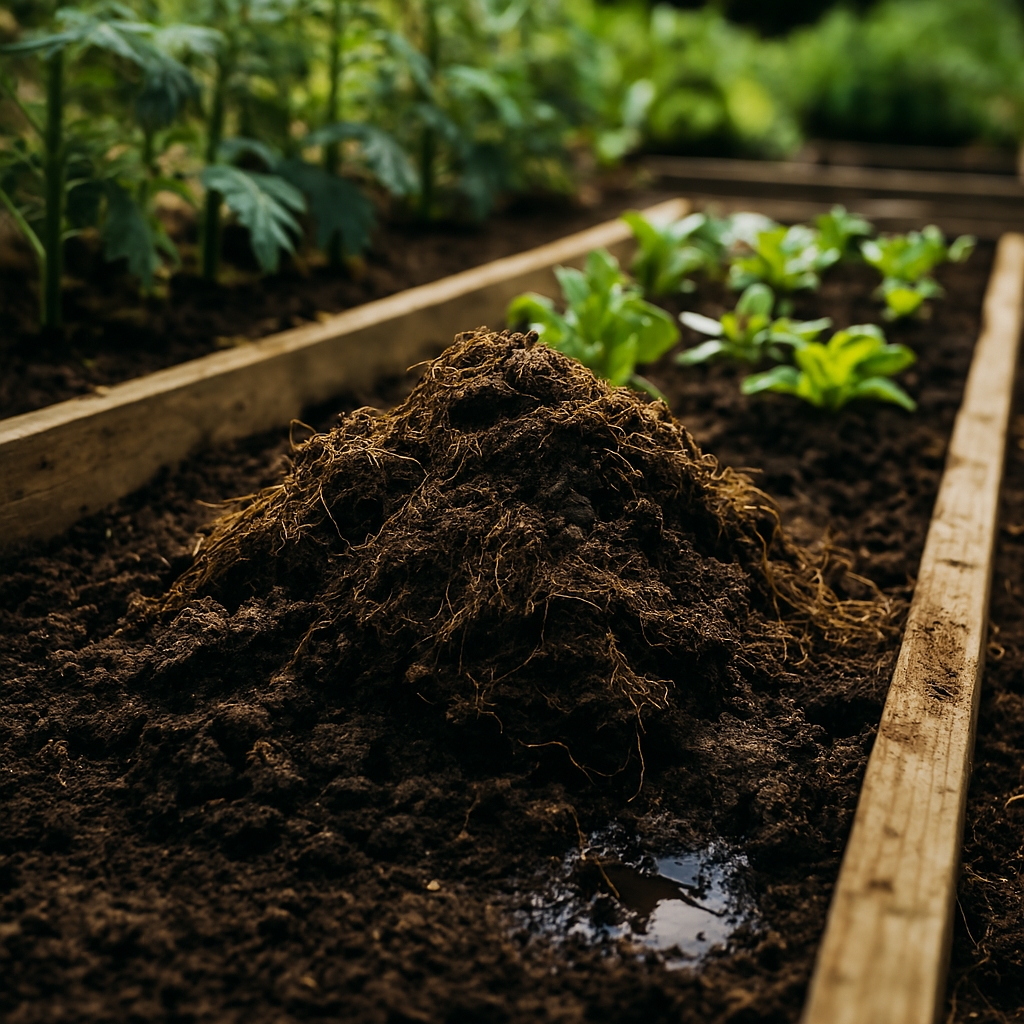

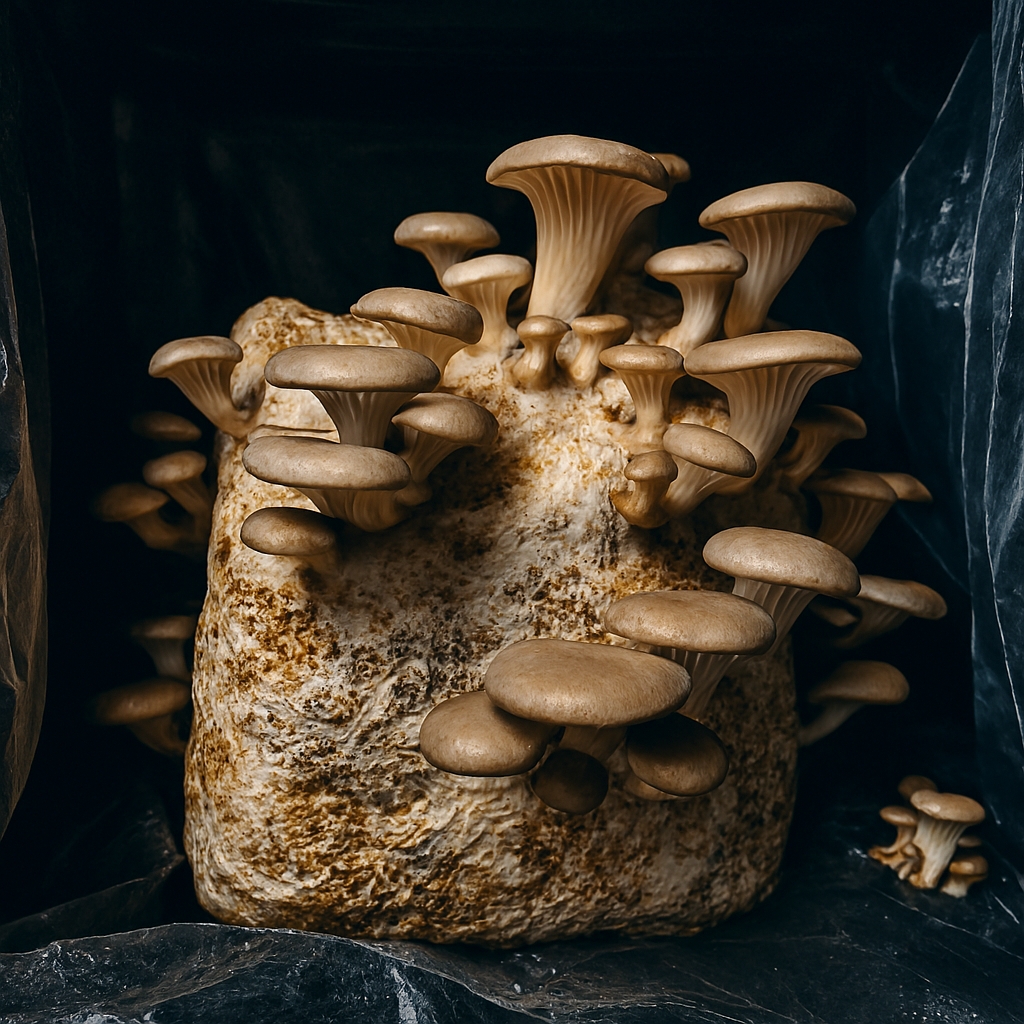
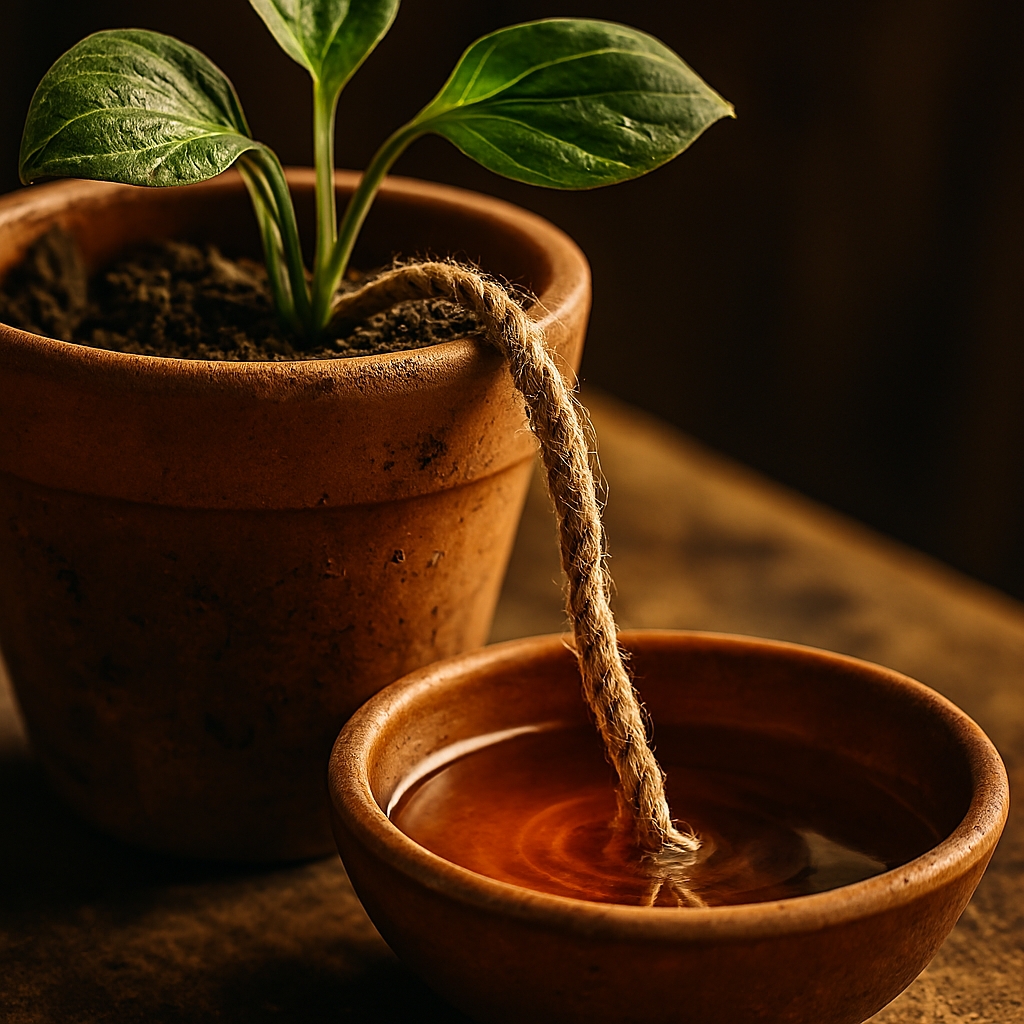
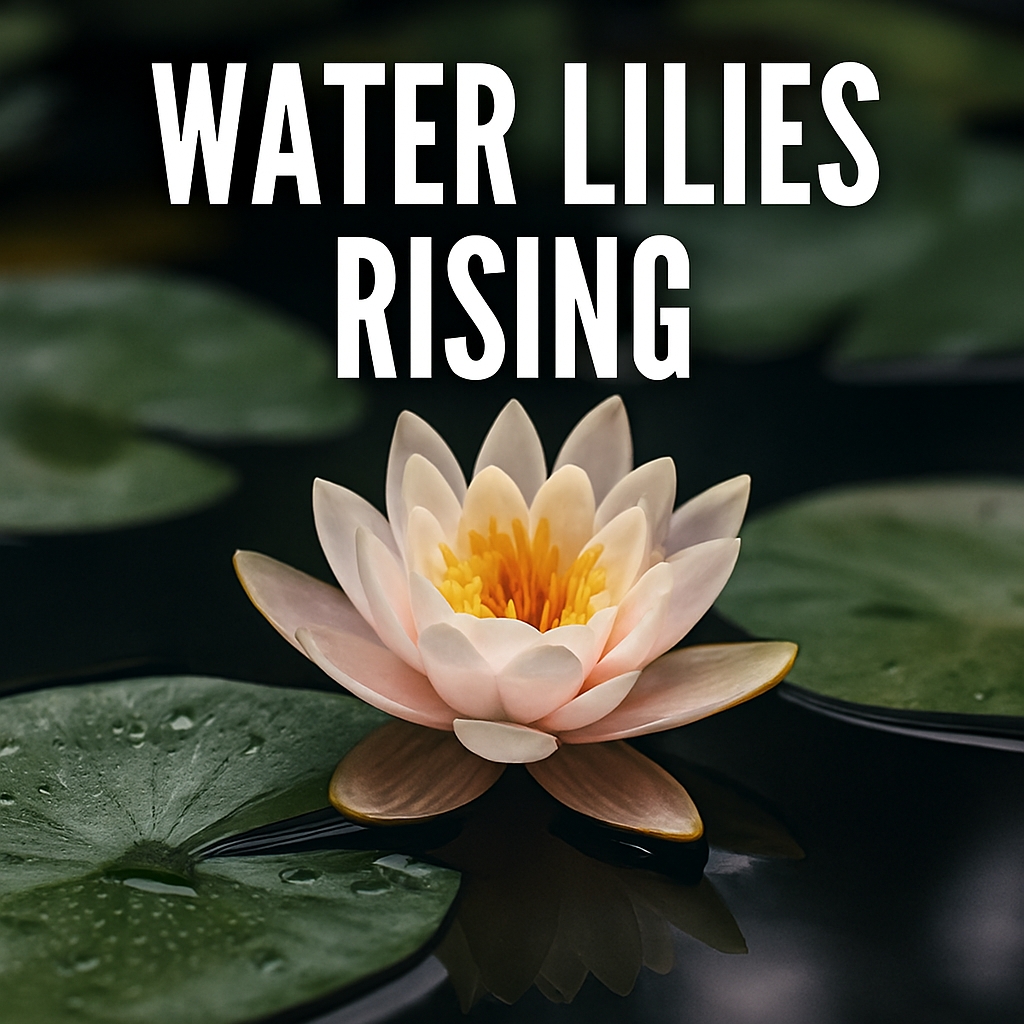
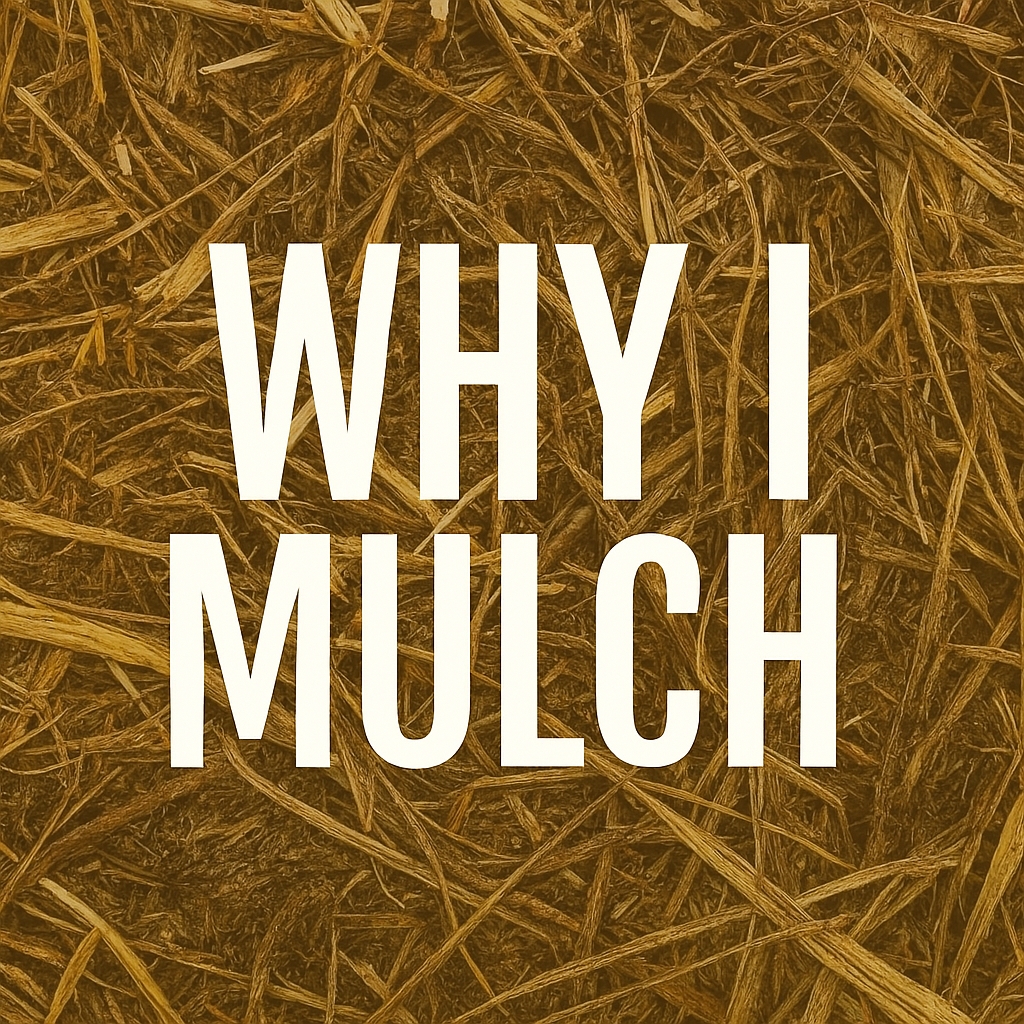

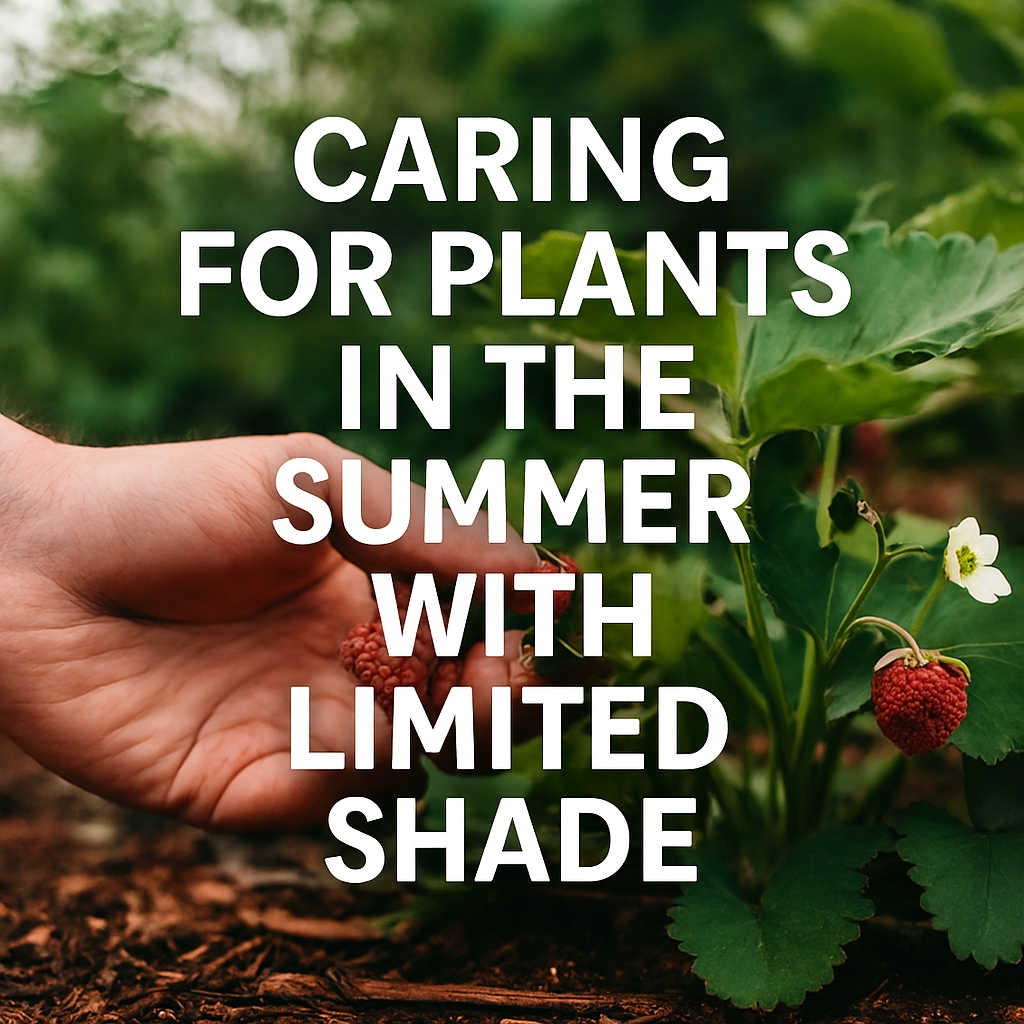
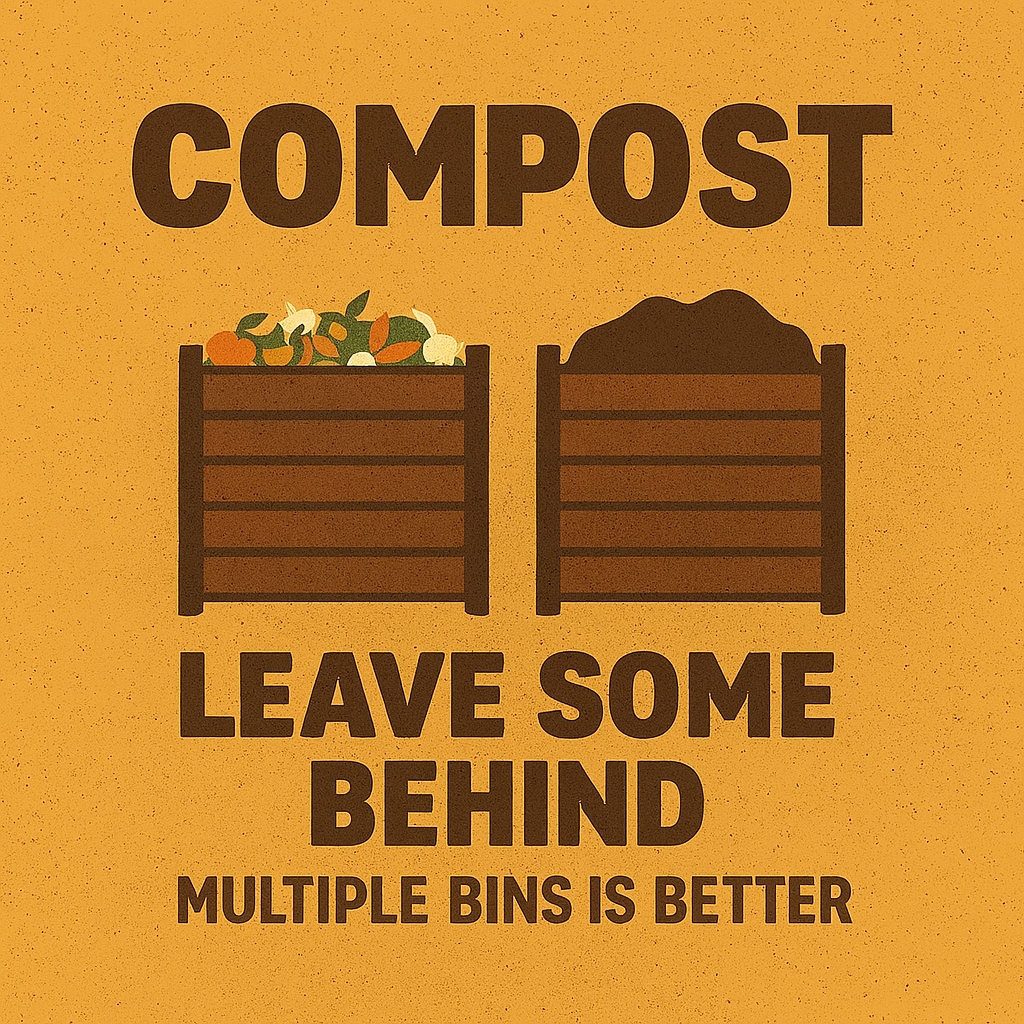

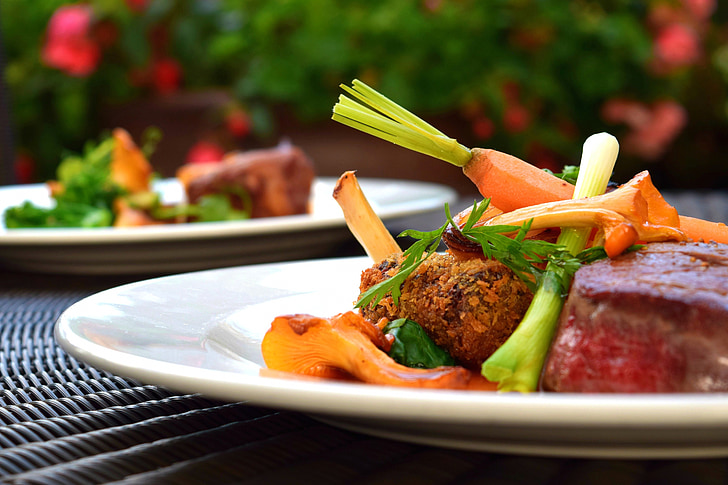


Amazing Amphibian-Fish Friendship Zone For Frogs An Tadpoles
[…] daphnescorner […]